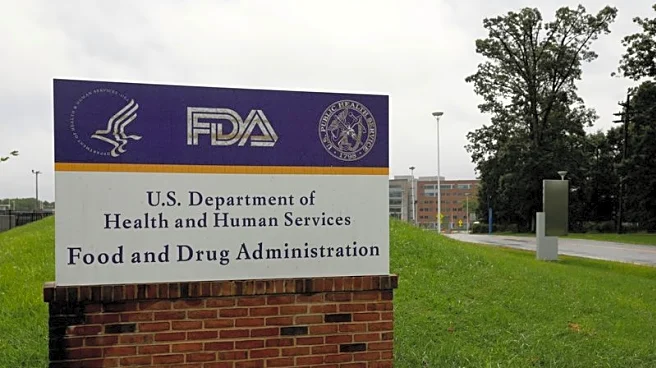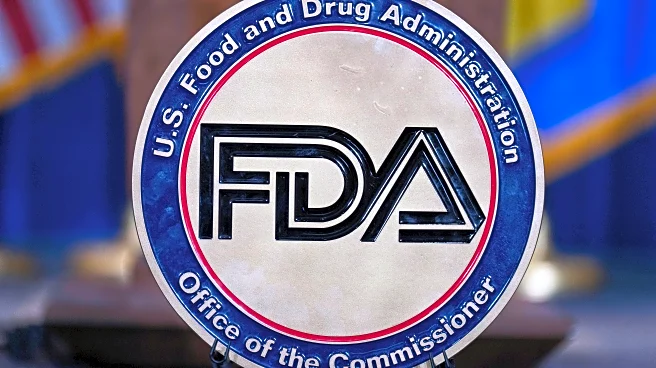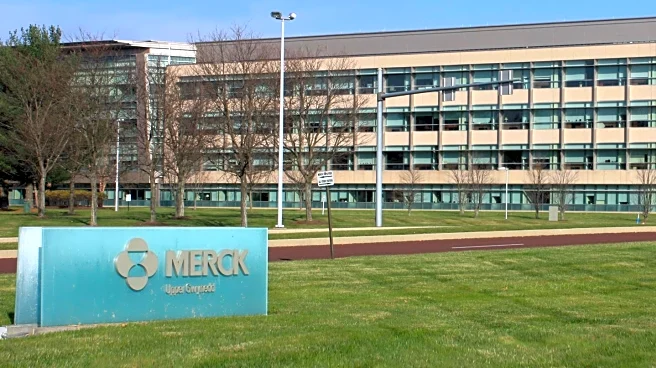What's Happening?
The FDA has unveiled a new regulatory pathway for personalised therapies based on 'plausible mechanism', allowing for faster approval of treatments tested on a small number of patients. This pathway is intended for therapies where randomised clinical
trials are not feasible, focusing on rare fatal diseases and severe childhood disabilities. The initiative follows the case of 'Baby KJ', treated with a bespoke CRISPR gene editing therapy. The FDA aims to standardize access to personalized therapies, leveraging platform data for marketing approval of similar products.
Why It's Important?
The new pathway represents a significant shift in drug approval processes, potentially accelerating access to life-saving treatments for rare conditions. By reducing regulatory burdens, the FDA is addressing concerns from patients and developers about the current system's limitations. This approach could stimulate innovation in personalized medicine, offering hope to individuals with conditions that lack effective treatments. The pathway also highlights the FDA's commitment to adapting its processes to meet the needs of modern medicine.
What's Next?
The FDA is preparing for the implementation of this pathway with draft guidance documents on regenerative medicines and cell and gene therapies. Manufacturers demonstrating success with personalized therapies may receive marketing authorization, paving the way for broader application of these treatments. The FDA's efforts will likely focus on refining the pathway and ensuring patient safety while fostering innovation in personalized medicine.
Beyond the Headlines
The introduction of this pathway may have long-term implications for the pharmaceutical industry, encouraging investment in personalized therapies and reshaping drug development strategies. It could also influence global regulatory practices, as other countries may look to the FDA's model for guidance in approving innovative treatments. The pathway reflects a growing recognition of the need for flexible regulatory frameworks to accommodate advances in medical science.















